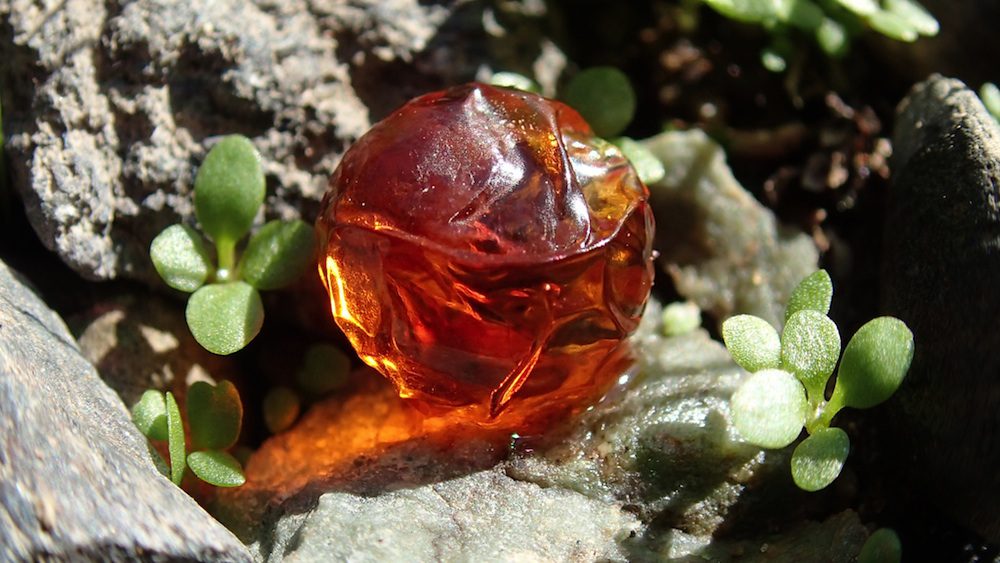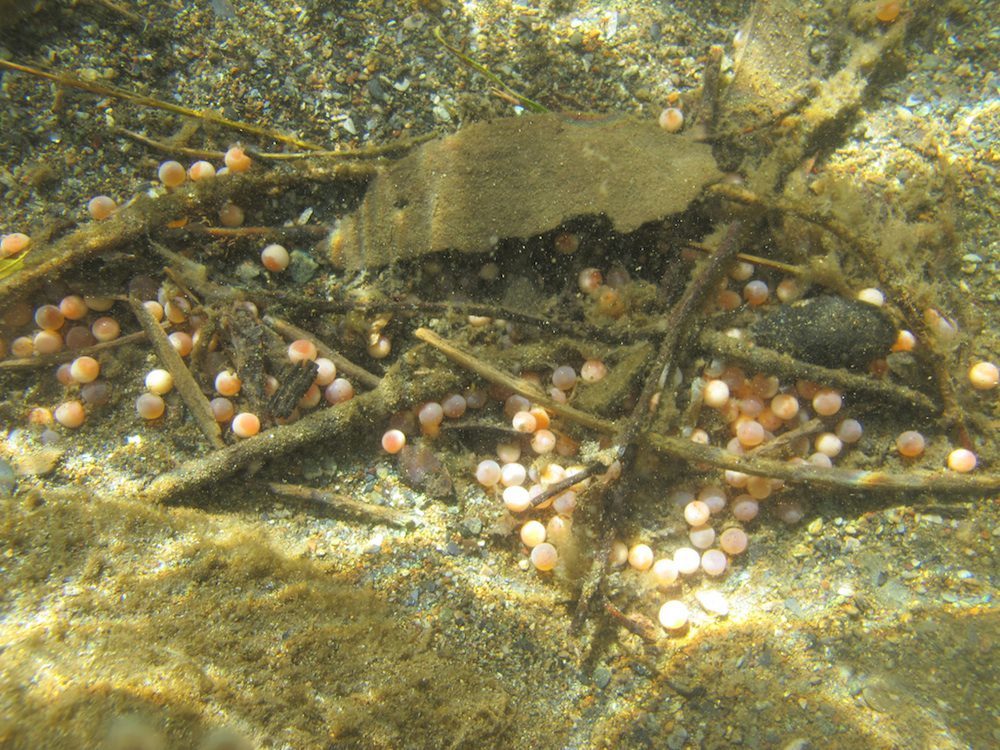Wednesday March 16, 2016
When salmon build nests (redds) on top of each other, called superimposition, this can affect both individual salmon and salmon populations as a whole, as we described in a recent Fish Report. How serious these impacts are depends on the biological processes of embryo development. All salmon embryos begin as a single cell with a large amount of yolk. The yolk is analogous to the starch in a plant seed and provides energy for very early development. After spawning and egg fertilization, cell layers begin to form from the top of the egg and then extend over the surface and yolk mass. However, the rudimentary mouth of the embryo (termed “blastopore”) remains uncovered for 10-14 days, leaving the embryo in a very fragile state. Once the blastopore closes (termed “epiboly”), the embryo becomes hardier and able to withstand much more mechanical shock. This is why it is important for adult salmon to guard nests from intruders – keeping eggs undisturbed allows the cells to begin to differentiate into tissues and organs as the embryo feeds on the yolk reserve.
The embryo development or incubation rate depends primarily on water temperature, and this relationship varies for different salmonid species (Velsen 1987). This relationship is attributed to basic chemical principles – at higher temperatures, molecules move faster, and the metabolic reactions that drive cell division and development proceed more rapidly. However, embryo survival declines at extreme temperatures (less than 36˚F or greater than 57˚F, Murray and McPhail 1988), and adult salmon may choose not to reproduce if they cannot find a source of upwelling groundwater. Groundwaters tend to have more moderate temperatures because they are not subjected to the influences of cooling and heating by air temperatures. The impacts of extreme temperatures are more of a problem for salmon populations that live far from the coast; in contrast, the ambient temperature around coastal streams is buffered by the ocean.
Other factors impacting embryo development include low dissolved oxygen levels and poor water circulation through the redd. Oxygen is needed to transform the yolk energy and nutrients into cells, and flow is needed to drive out harmful metabolic wastes such as ammonia. Salmonid embryos do not survive well when there is less than five parts of oxygen per one million parts of water (Sowden and Power 1995), and embryos may hatch prematurely when this is the case so that the baby fish have a chance, albeit small, to escape the poor conditions and survive (Quinn 2005). Fine sediments (less than 1 mm diameter) can fill the spaces between gravel in the redd, which prevents oxygen from being replenished and reduces flow and waste removal around the eggs. Additionally, scour of the streambed from elevated flows and fast water velocities from storms, snowmelt, or dam releases is another source of embryo mortality.
Between redd superimposition, extreme temperatures, low dissolved oxygen, low water flow, and streambed scour, it is not surprising that egg-to-fry survival rates tend to be much lower for salmonids in nature (usually less than 10-40%, Quinn 2005) than in hatcheries (greater than 80%, various California state hatchery annual reports). Indeed, this hatching success is how hatcheries got their name, and why they are so successful at producing baby salmon.



